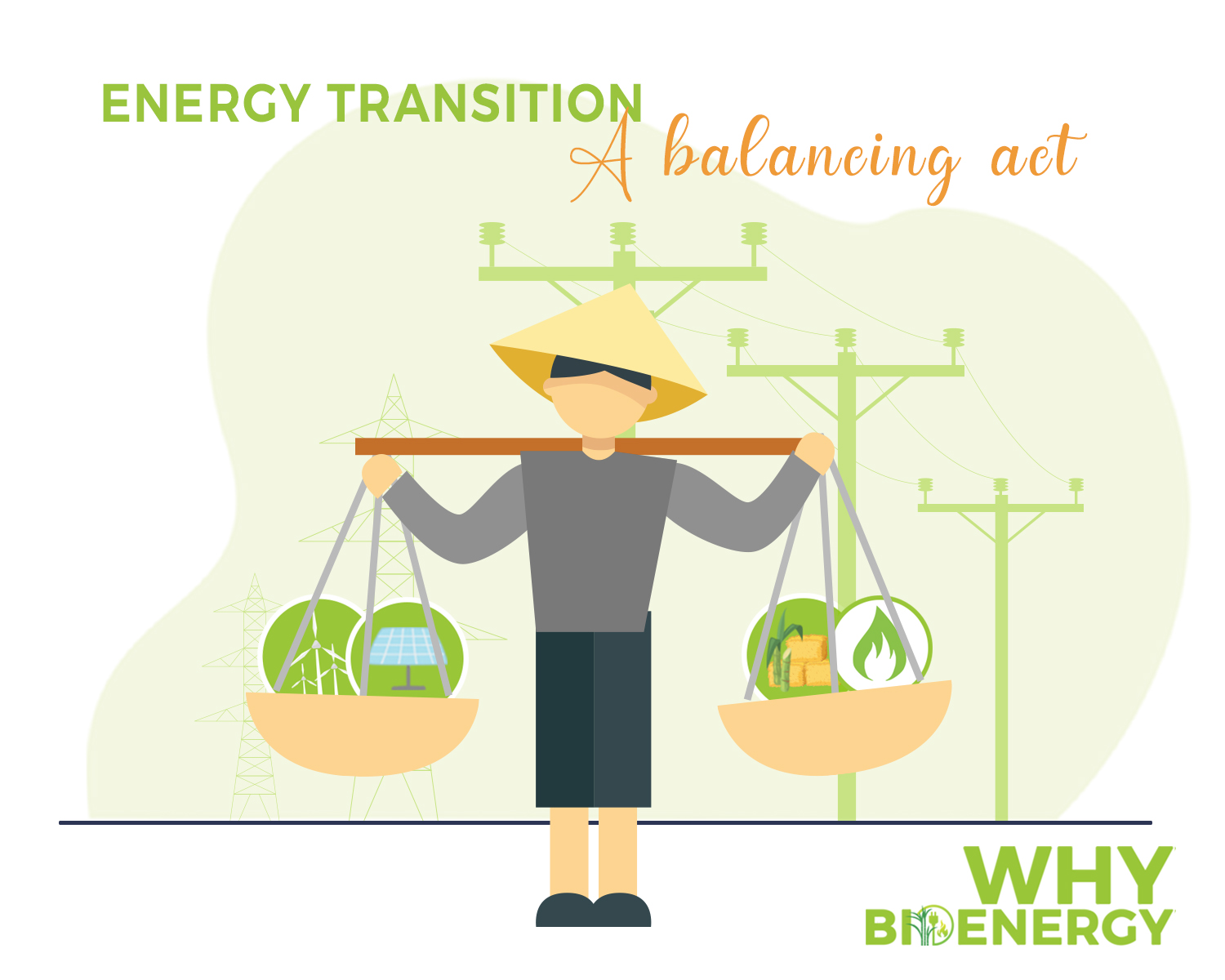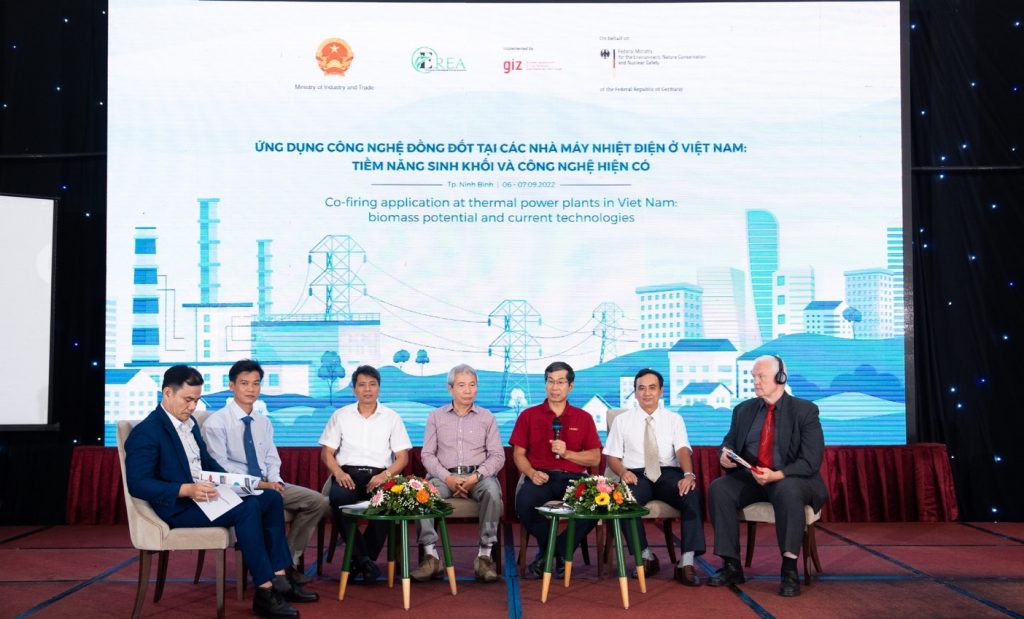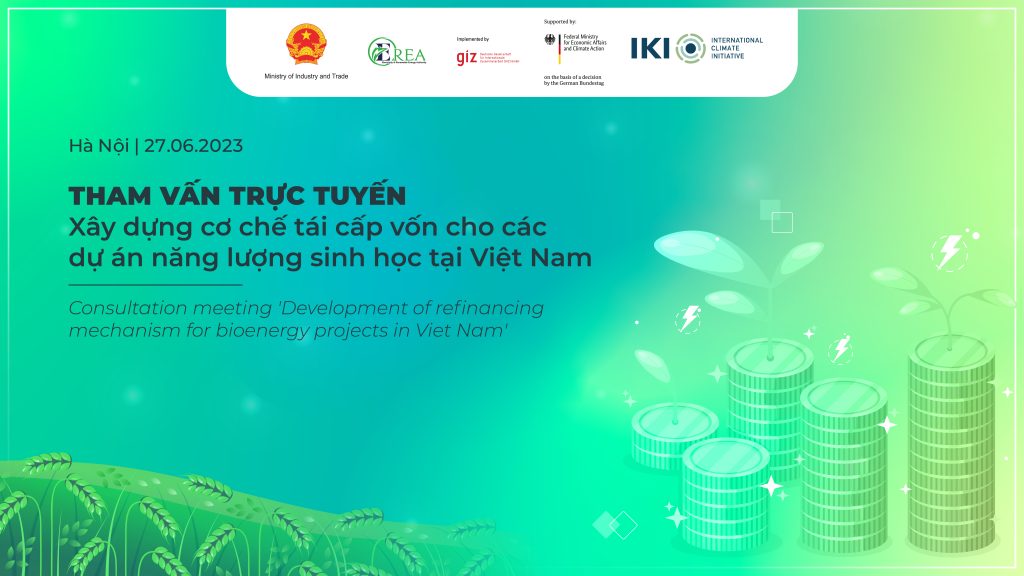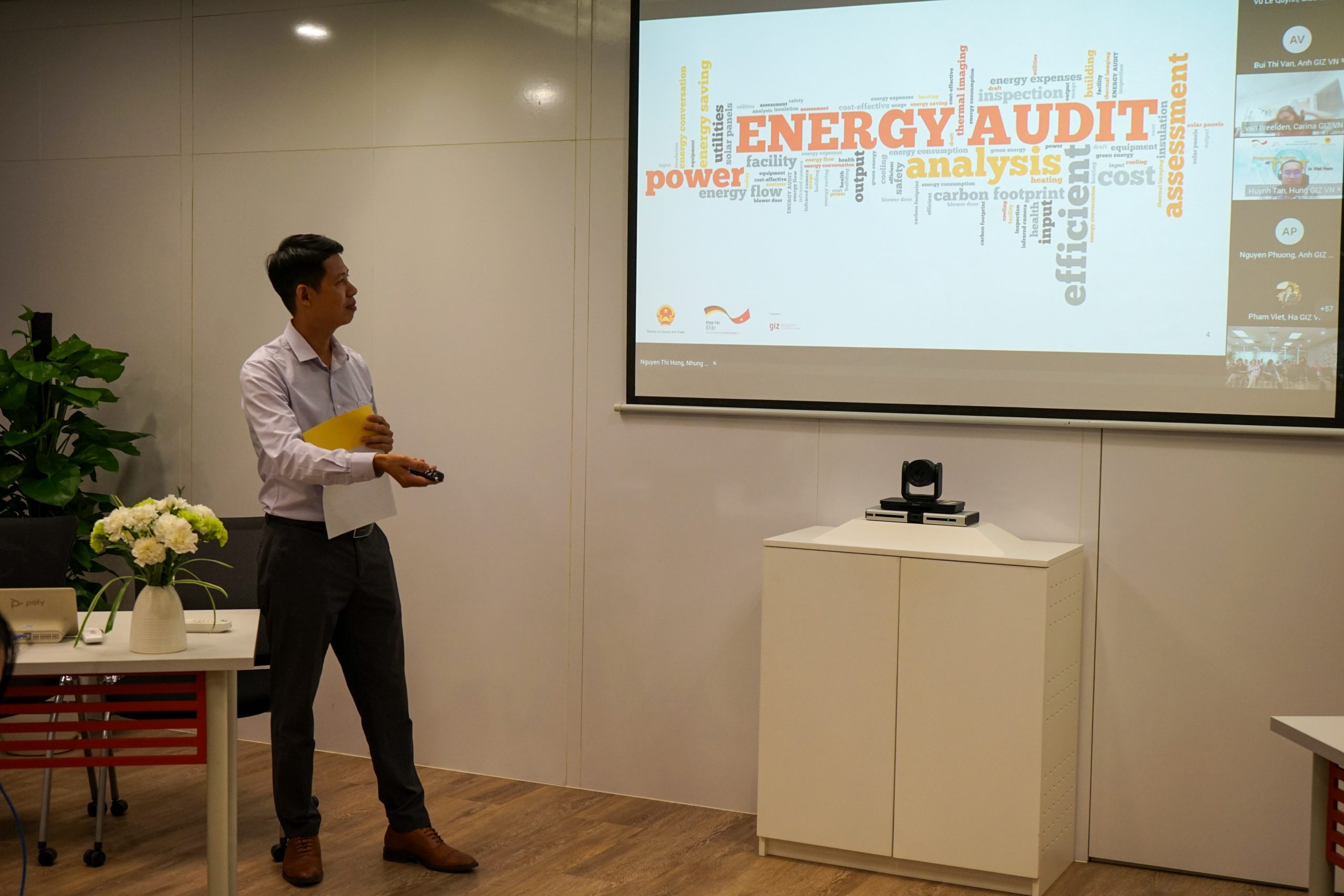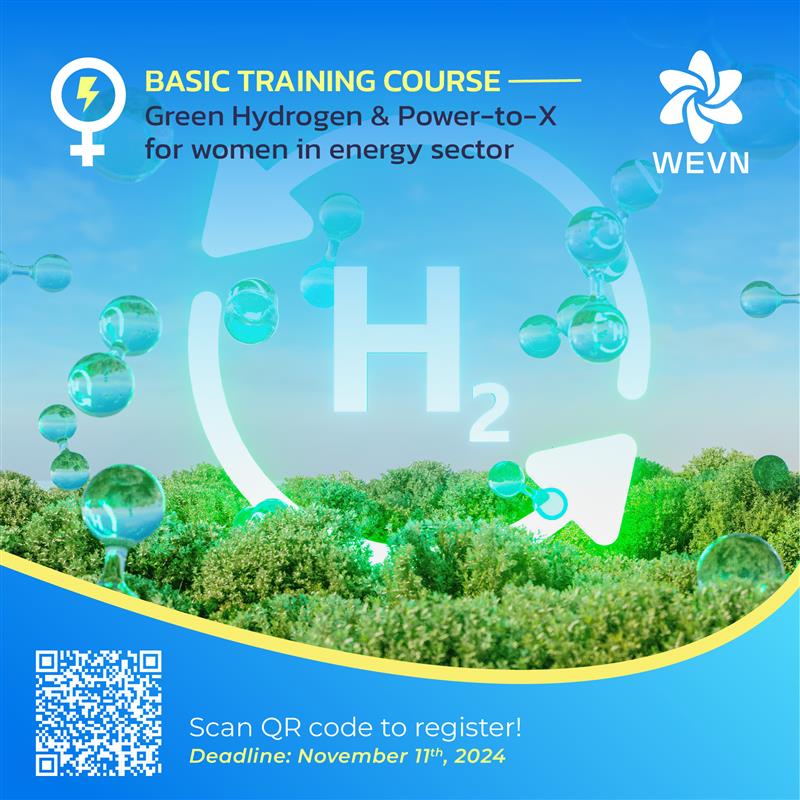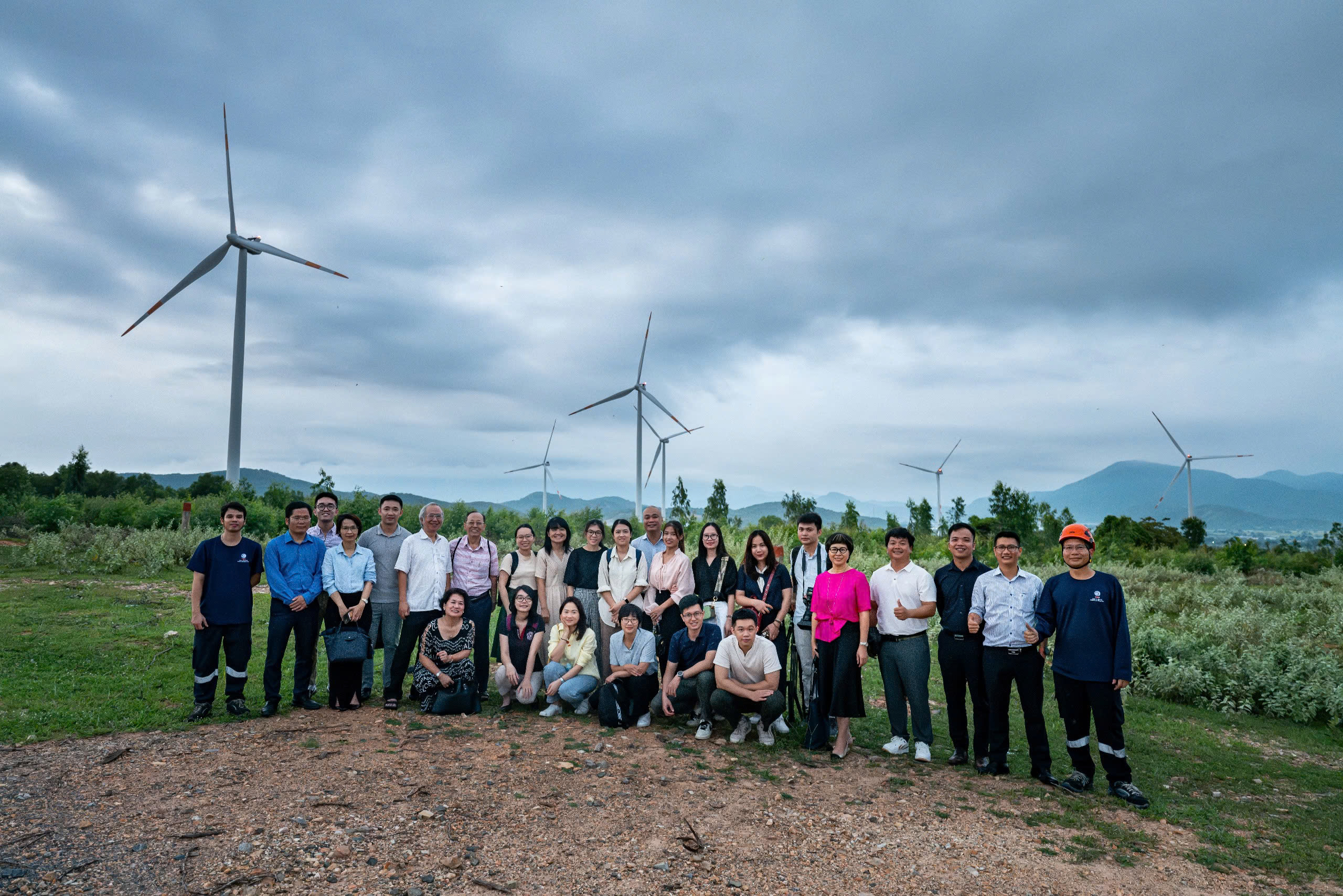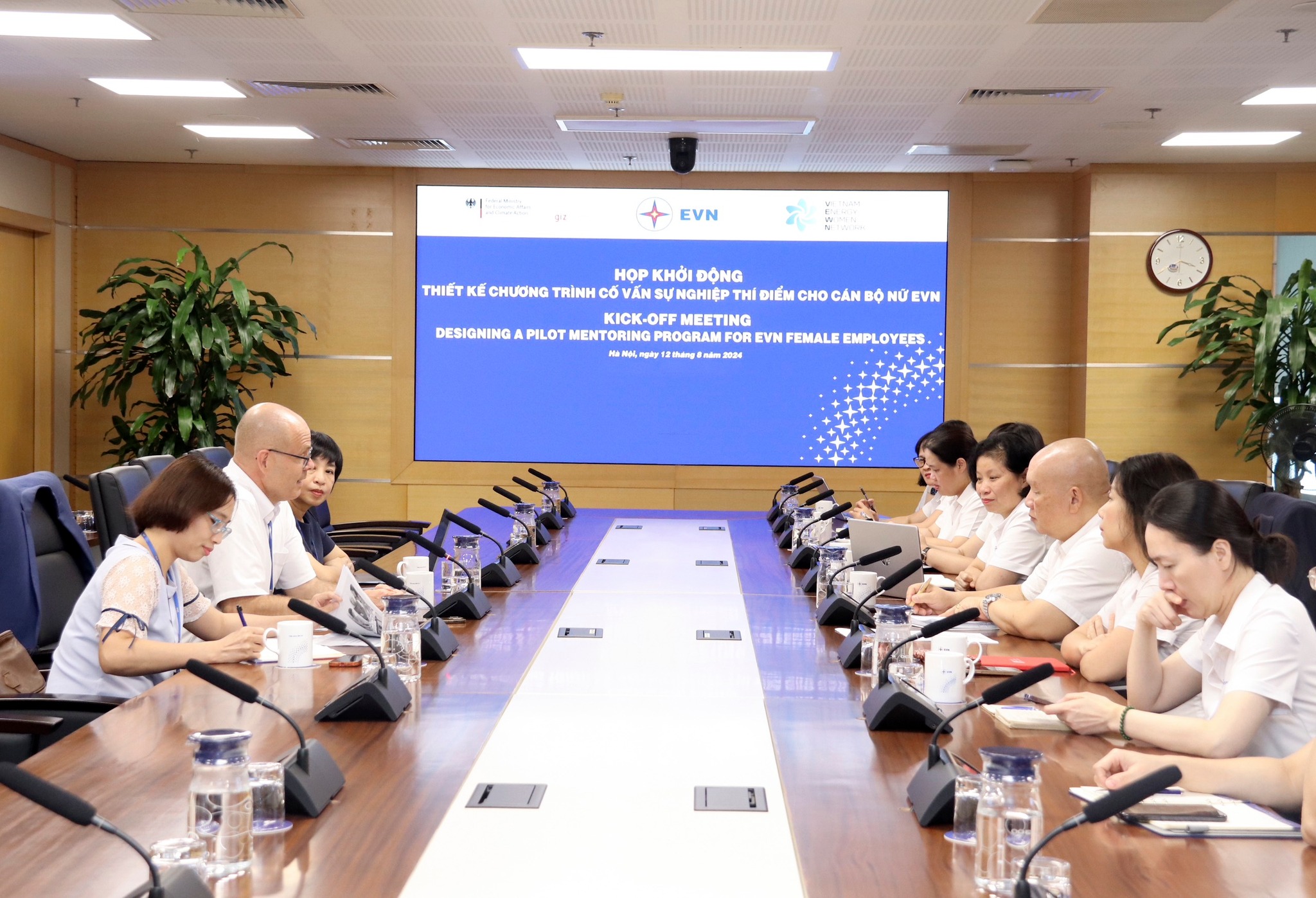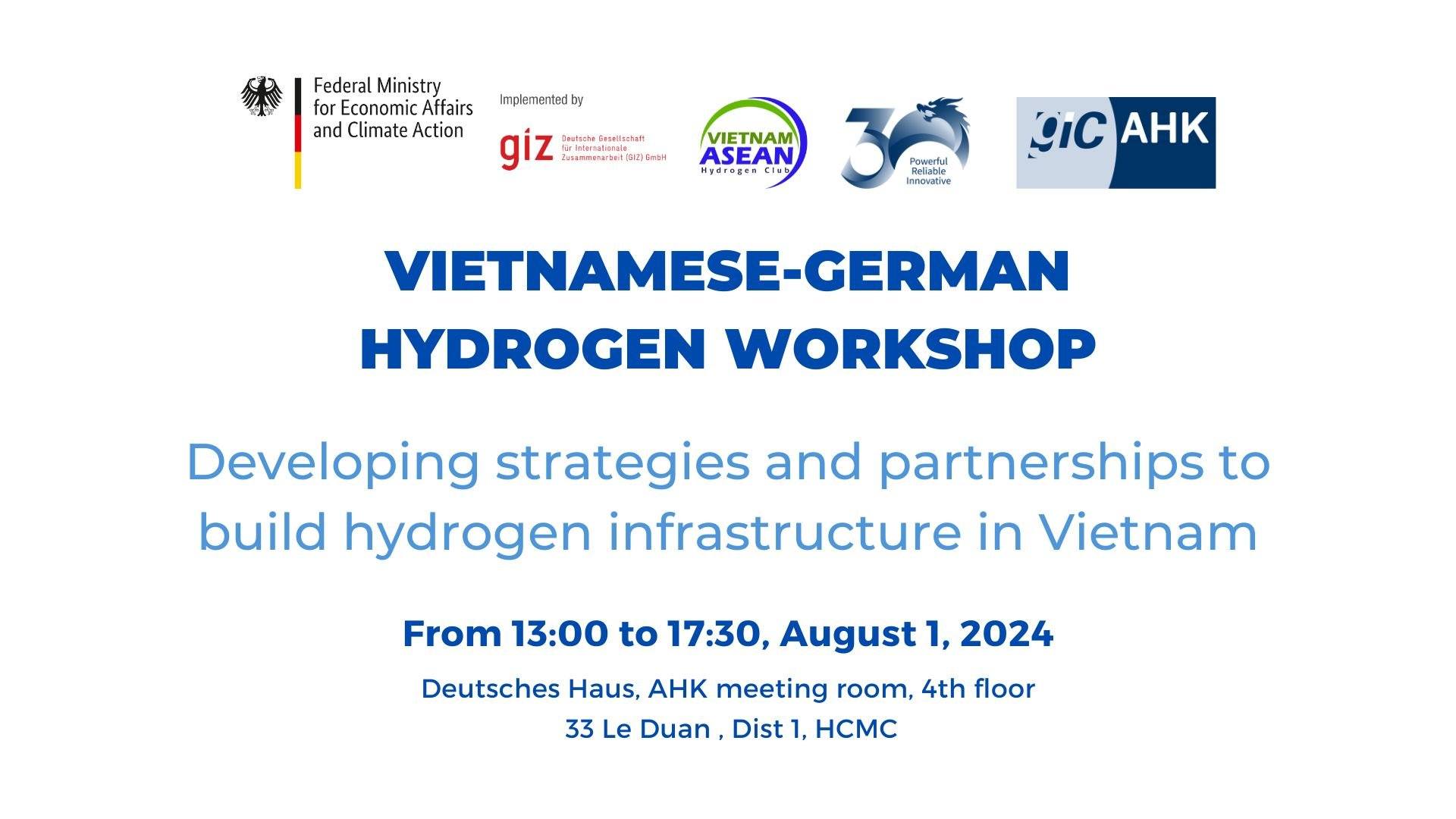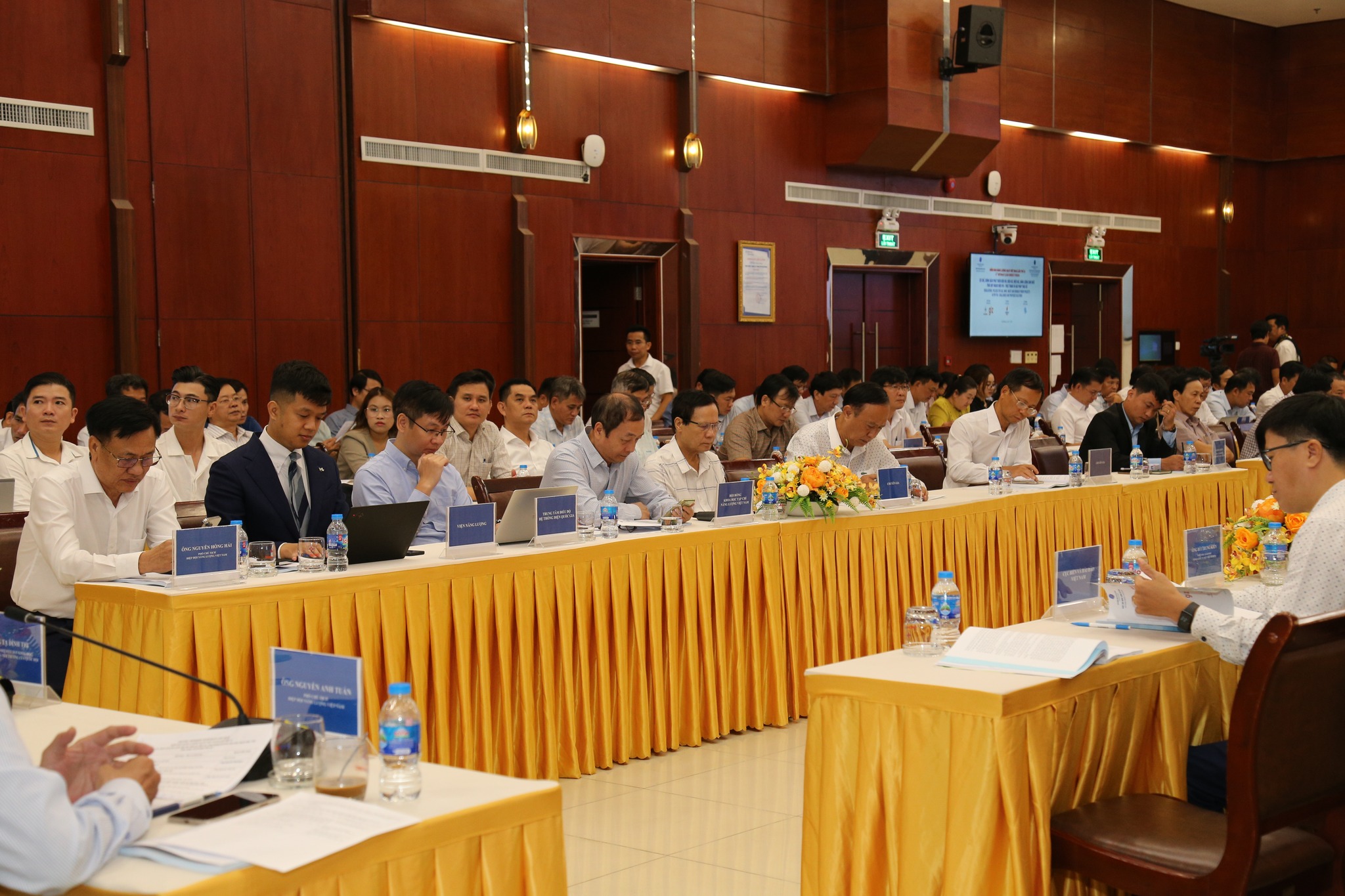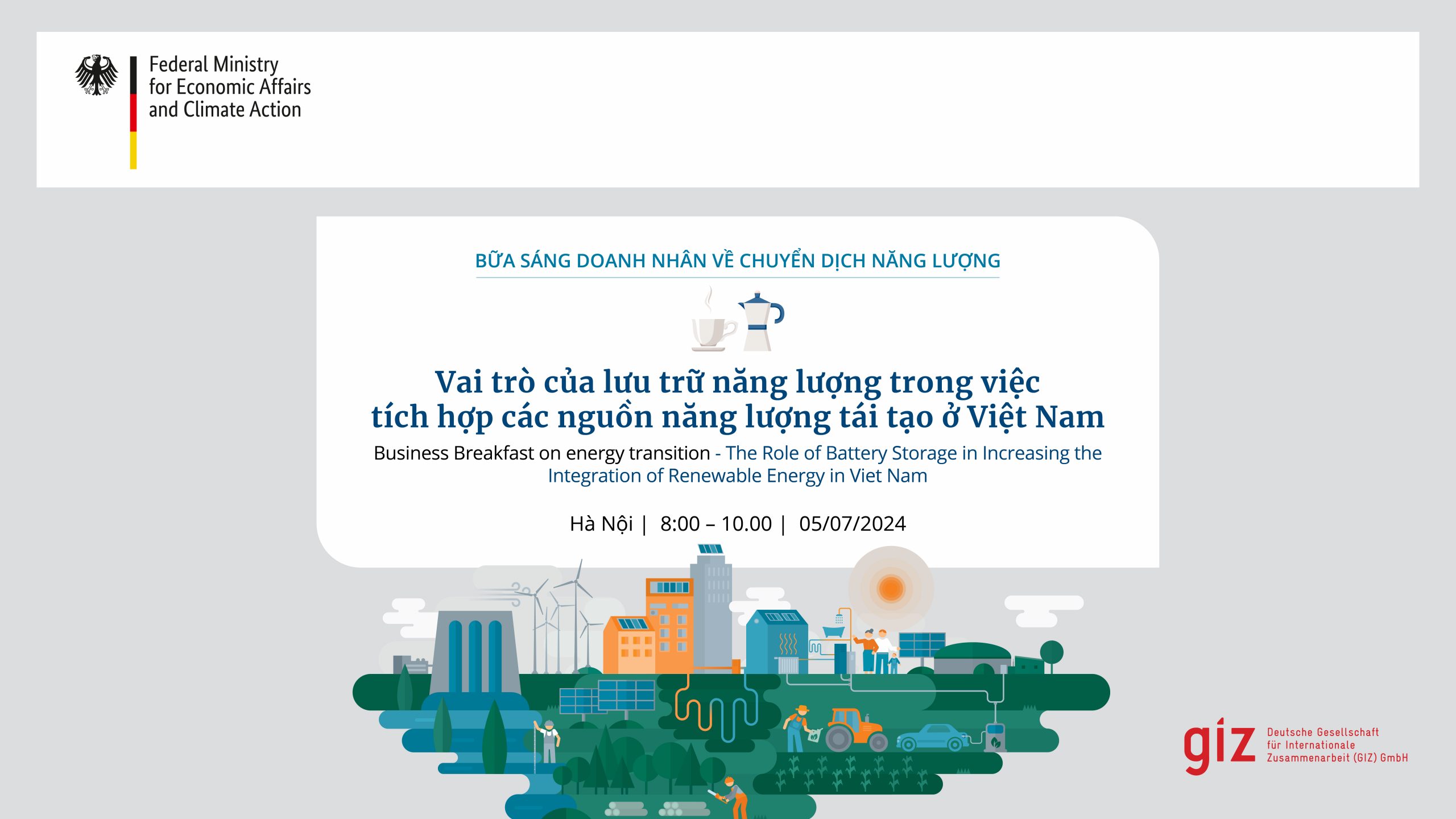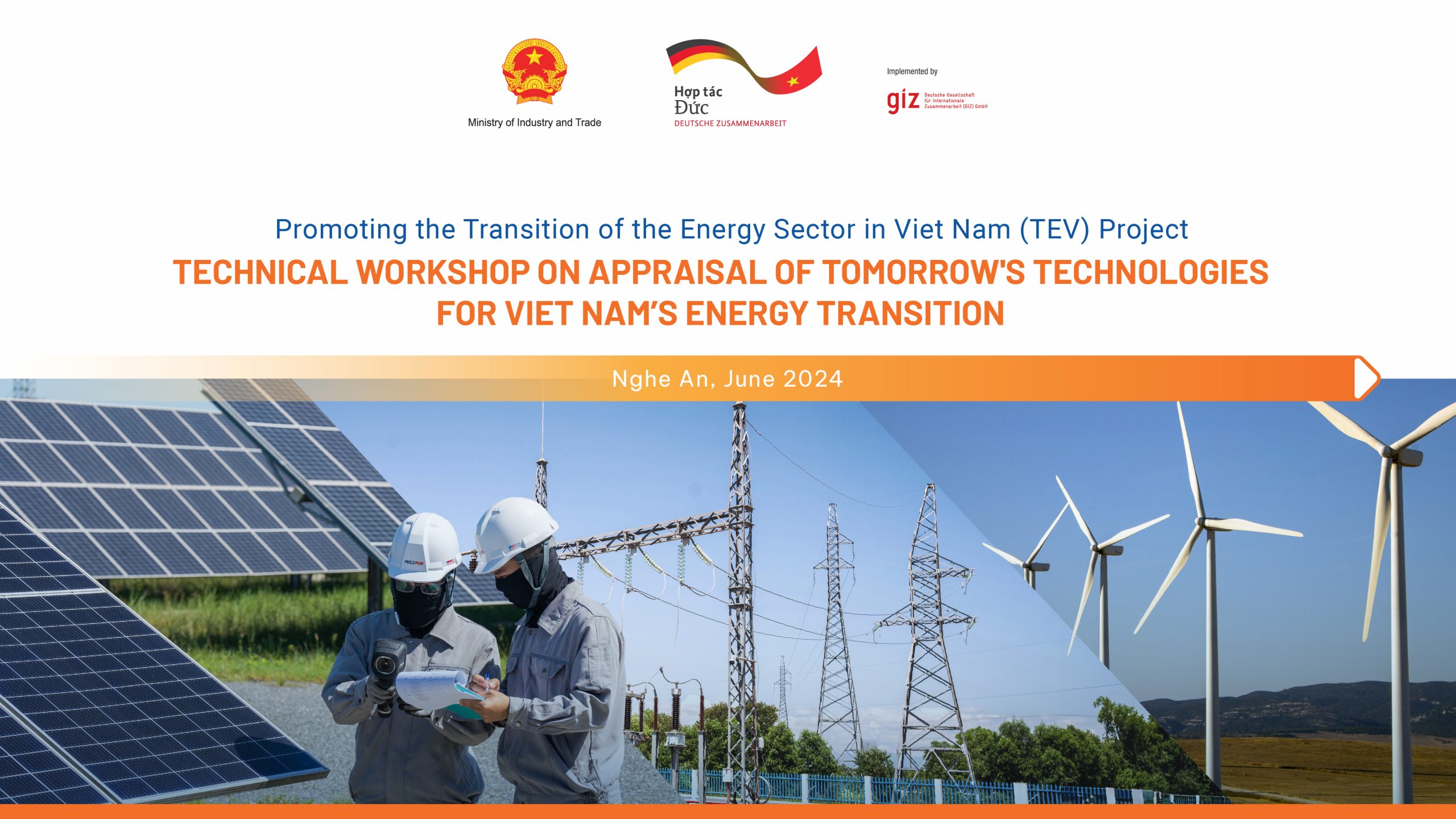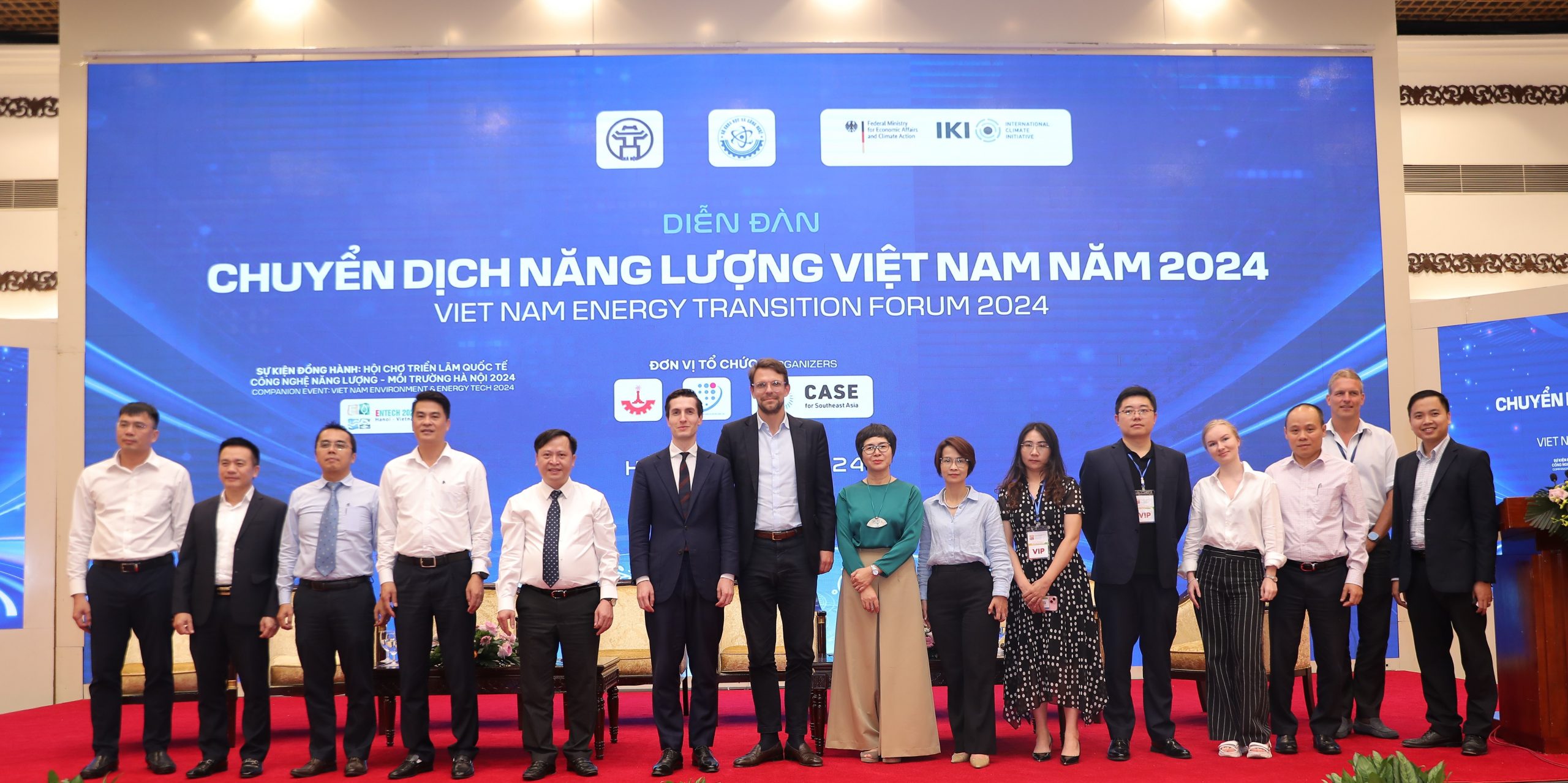When transitioning to renewable energies, wind and solar energy are expected to be key components. This is the case in Viet Nam just like in many other countries around the world on a low-emission development pathway. Since wind and sunlight are not available 24 hours a day, 365 days a year and can change in power output very fast these providers of energy are called ‘intermittent’ energy sources.
Integrating wind and solar power into a country’s power grid presents a challenge for grid operators since wind and sunlight are notoriously hard to control and only predictable in the short-term. In order to avoid black-outs and serious power system failures, the grid has to be balanced with a carefully designed grid code specifying the behavior of connected generators during disturbances. As countries work towards full energy transition, energy policy makers’ and grid operators’ concern about grid balancing can lead to major hold-ups.
This is where bioenergy comes into play. Bioenergy is a stable source of energy because it can be operated just like coal, gas and petroleum power plants. When wind and sunlight are not enough to provide sufficient power to the grid, grid operators can use bioenergy power plants in order to maintain grid stability and security. (This is part of the power systems’ so-called ‘ancillary services’). Traditionally, grid stability is provided by generators powered with fossil fuels. With innovative storage systems, smart grid technologies, and bioenergy power plants, it is possible to phase out of fossil fuels and maintain a stable and secure grid.
Modern bioenergy technologies are already commercially available and widely applied at various size ranges and locations. Integration of bioenergy into the grid for balancing or storage options will open up new applications areas for bioenergy ranging from base-load operation to providing power for peak demand to other services needed to maintain a reliable and secure renewable power supply with low environmental impact.
Fundamental technical barriers are not expected to arise as a result of such new applications. Rather, problems are expected to emerge in optimization, proper sizing, control and management, and a successful resolution of such issues is therefore needed to support and accelerate the widespread implementation of these new applications. Solid biomass co-firing in power plants and combined heat, cooling and power generation systems (CHP & Tri-gen) add synchronous generation to the transmission grid which is a stabilizing factor.



